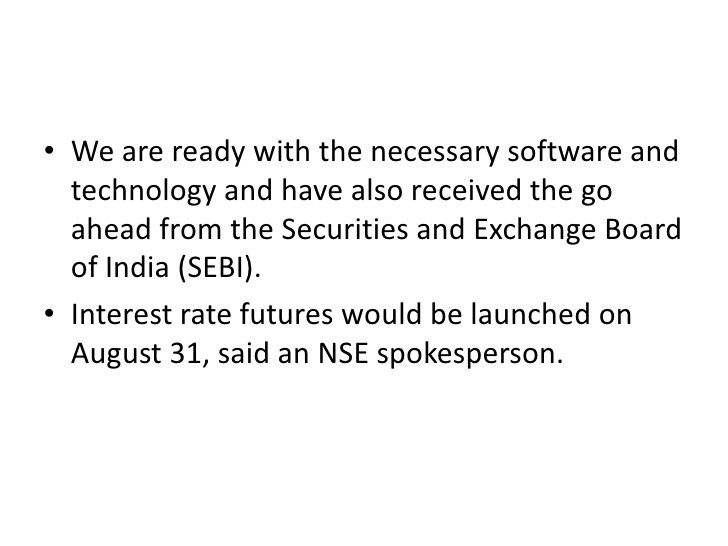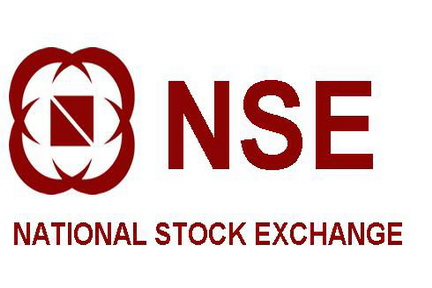Is India Ready For Interest Rate Futures
Post on: 11 Июнь, 2015 No Comment

A Magazine Published by CME Group
- Equities
- FX
- Fed
- CME Group
- China
- Energy
Is India Ready For Interest Rate Futures?

Reserve Bank of India (RBI) Governor Raghuram Rajan has sought to make inflation targeting front and center in India’s monetary policy. He stated recently that the measuring stick for inflation is the country’s consumer price index (CPI). In order to control inflation, he’s kept interest rates relatively high – the benchmark rate is currently 8 percent – since taking office last year.
Many watchers say this policy is at odds with the policy of the country’s BJP party whose candidate Narendra Modi is poised to become the country’s next prime minister. Modi and the BJP have a pro-growth platform that means he will likely want to keep rates low. Others have posited that this won’t be an issue between the new prime minister and the RBI.
Regardless of what happens politically, there promises to be some movement in the country’s interest rate over the next several months and years.
It may be good timing then that India, one of the world’s largest emerging markets, commenced trading of interest rate futures on January 21 on the country’s two leading exchanges, the National Stock Exchange (NSE) and the Bombay Stock Exchange (BSE).
Interest rate futures, a derivatives product in which one can hedge the risk of rising or falling rates, are widely traded in the United States and other developed nations with the market structure to handle them.
This is not India’s first attempt at offering interest rates to market participants, but with the RBI relaxing some rules such as allowing cash settlement-based trades, the recent launch of interest futures was a successful one. There is more to be done, though, and 2014 being an election year in India has many financial sector participants being a little more cautious when it comes to market hedging.
India’s interest rate futures are based on two 10-year government securities: 8.83 percent Government of India (GOI) 2023 and 7.16 percent GOI 2023.
Mohan Shenoi, head of treasury at India’s Kotak Mahindra Bank, has pointed out that “the current interest rate environment [In India] is uncertain.” Shenoi told the Economic Times of India in March “Many banks have pared their bond holdings as there is a lot of uncertainty in the market. In such a situation, market participants are reluctant to go short or long. I think once the election results are out and the uncertainty is cleared, the market will pick up.”
Trading across India’s exchanges of the derivatives product at launch has been respectable and to a good extent what market participants may have expected. In April, trading reached an all time high .
Why India, Why Now?
Interest rate futures are a desired product addition to any financial market, especially emerging markets such as India, and are typically a good and secure way to offer additional hedging strategies. This is especially necessary for India with the expected environment of future falling rates. The country’s current attempt at interest rate futures and raising the profile of its markets represents a more simplified strategy than previous attempts, which were based off a basket of securities rather than just one.
In addition to cash flow hedging, an interest rate futures offering may make it more attractive for foreign investors to consider investments in various asset classes, as they will have an additional hedging mechanism.
One significant factor, says Danielle Tierney, market analyst with Boston-based Aite Group is to “remember that interest rates directly affect exchange rates, in addition to other things such as commodity demand.” This is critical for India in an election year, as Rajan works to keep inflation and the currency under control.














